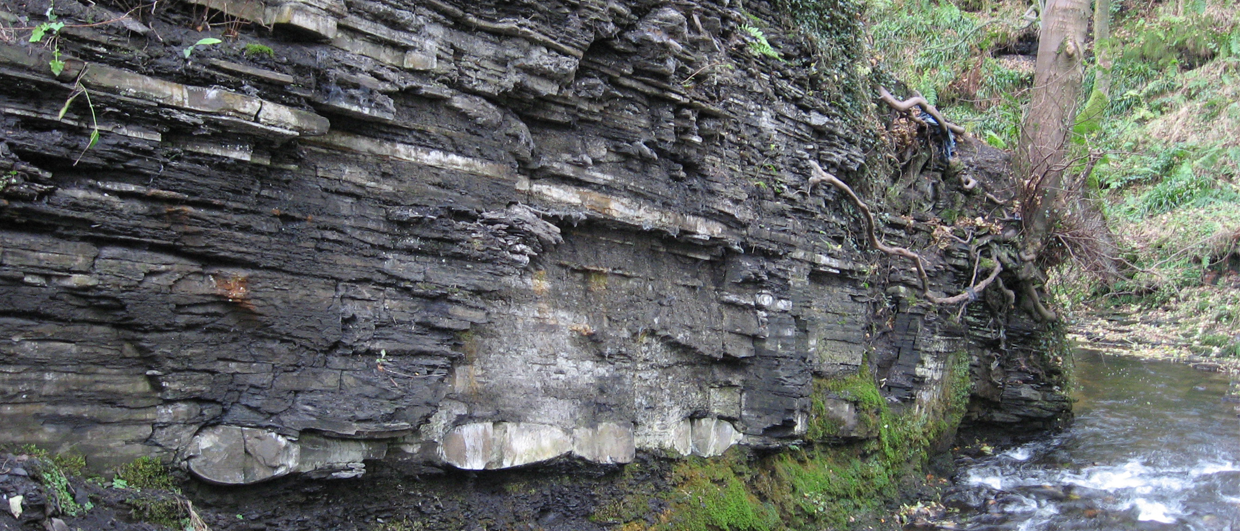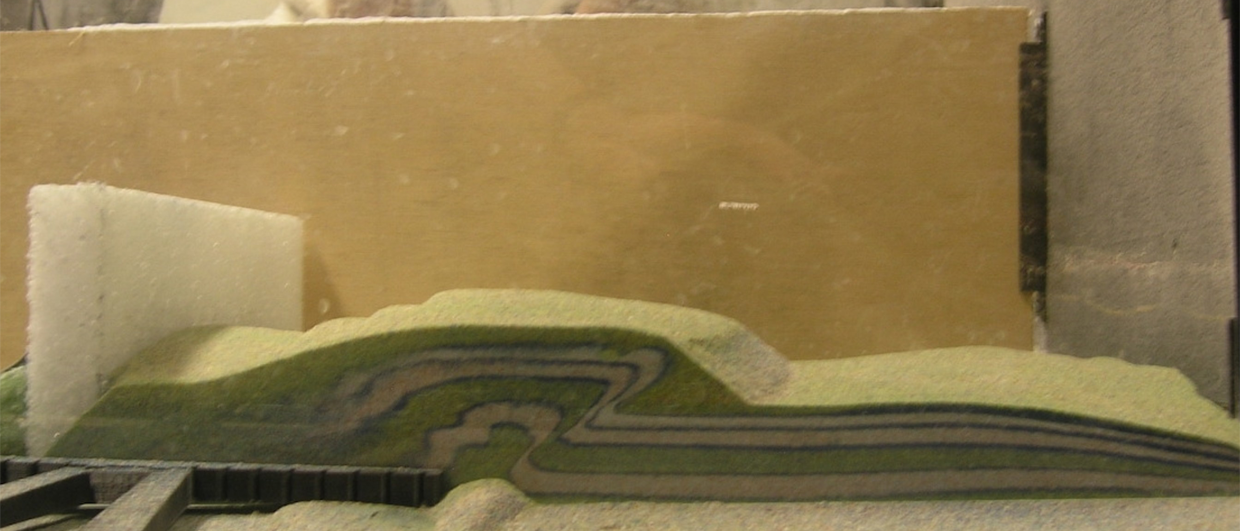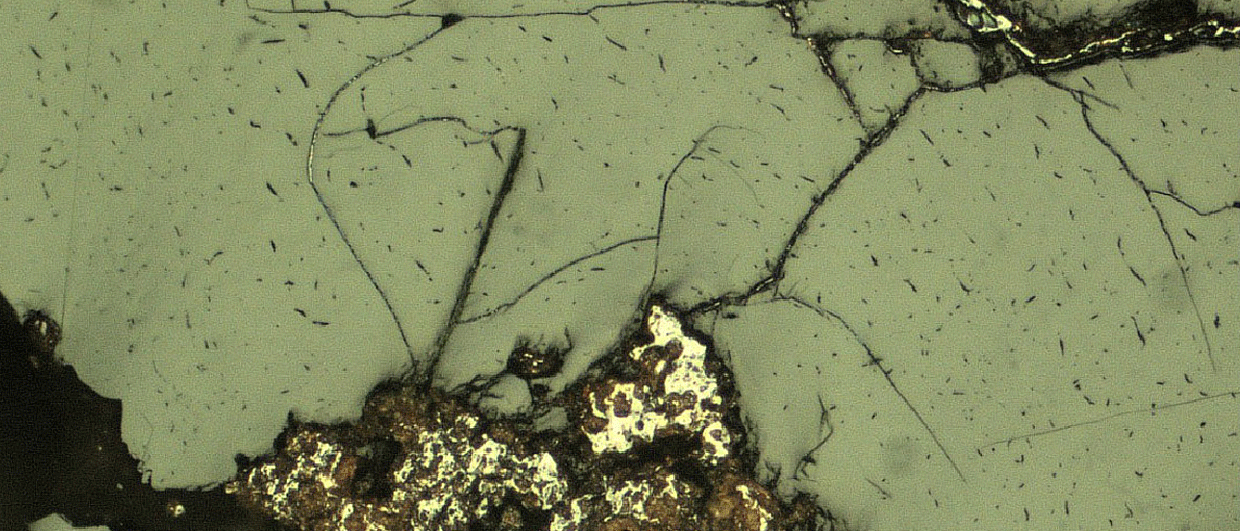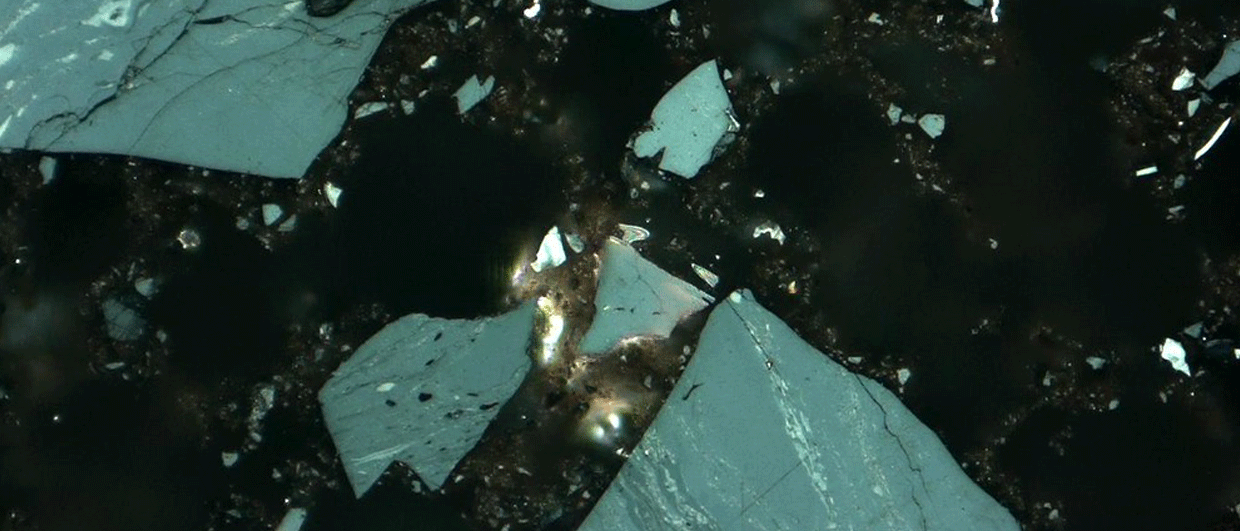I recently worked in a well-established basin with proven hydrocarbon accumulations. To my surprise, all reports and published papers routinely talked about local source rocks with barely 1 % Total Organic Carbon (TOC) and low Hydrogen Index (HI) kerogen as the main sources charging the system. They discussed other sources only marginally if at all. Not surprisingly, geochemical data and simple expulsion and migration modelling clearly pointed towards different sources.
In petroleum system analysis, the term “good source rock” is used frequently – almost casually. Most geochemical literature defines a “good” source rock as one with a TOC content above 1 wt. %, often alongside indicators of quality such as kerogen type and maturity. But in practice, this threshold is inadequate to explain hydrocarbon accumulations in working petroleum systems.
The traditional TOC classification – commonly citing values of <0.5 % as poor, 0.5 – 1 % as fair, 1-2 % as good, and >2 % as excellent – fails to account for one critical fact: Expulsion is not enough. A source rock must expel enough hydrocarbons not only to generate fluids but also to saturate migration pathways, charge microtraps, and overcome capillary thresholds along the route to a viable reservoir trap. Otherwise, most expelled hydrocarbons are lost to dispersion and adsorption before they ever reach a structural or stratigraphic trap.
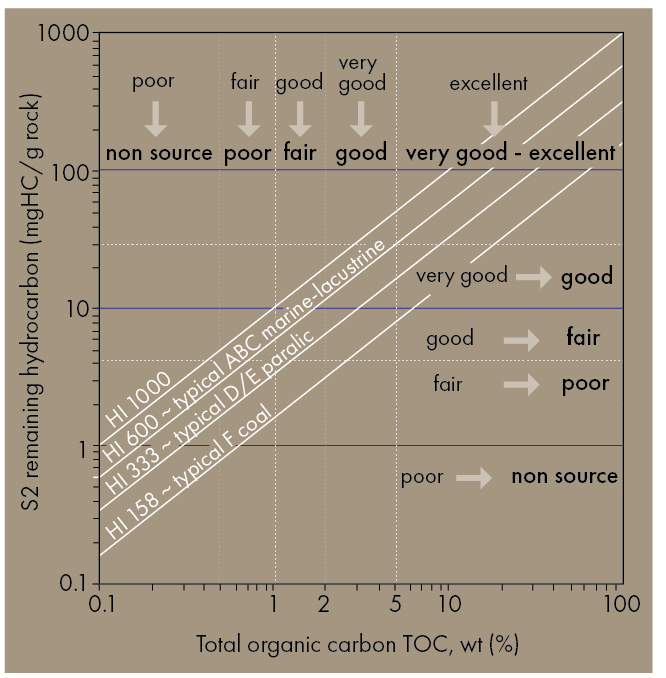
In practice, the most productive petroleum systems correlate with source rocks having TOC contents well above 2 %. My senior colleagues and mentors pointed out this observation to me a long time ago.
This concept can be illustrated with simple expulsion and migration modelling in Trinity, a forward basin modelling software. Simulations using a 1 % TOC source rock will typically show hydrocarbon expulsion, but once minor migration losses are introduced – such as leakage into secondary porosity or inefficient carrier bed saturation – the system fails to charge the traps. The model becomes sensitive to assumptions: Permeability, saturation thresholds, and distance to trap. A seemingly “good” source rock ends up underdelivering, especially when scaled to field or basin level.
In contrast, models with source rocks above 2 % TOC demonstrate greater robustness. They not only expel more hydrocarbons but also buffer against migration losses and charging inefficiencies. The difference between 1 % and 2 % TOC is not just quantitative – it is qualitative in terms of system behaviour and outcome.
Ultimately, we should revise our language and expectations. A 1 % TOC rock might be potentially good in the laboratory, but in the complex reality of subsurface petroleum systems, it’s insufficient. For confident trap charge and commercial accumulations, a truly good source rock starts at 2 % TOC. This small difference can make or break a basin’s prospectivity – and our understanding of its petroleum system.

